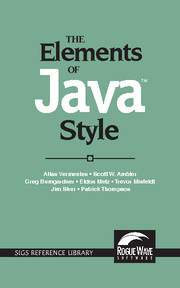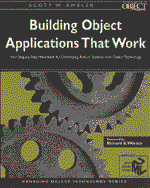Continuing our investigations on path territory in Chapter 8, the natural evolution is to touch some of the actual file abstraction. As a historical note, complete operating systems have been built based on this abstraction, Plan 9 being one that used it quite extensively. Plan 9 was designed by, among others, Ken Thompson and Rob Pike who also designed UTF-8. Throughout the book, we are using files as they are defined and implemented by a standard Java Development Kit distribution for an obvious reason: they use a pragmatic approach and at the same time make a very successful utility for everyday programming. In this chapter, we will try to tickle a few of our brian neurons around this design.
The java.io.file class of the Java platform already provides a file abstraction, via the java.io.File class. Despite the official online documentation, which states that File is
An abstract representation of file and directory pathnames,
the implementation plays the dual role of handling both generic paths and their physical counterparts in the native file system. We have already treated path representation and composition. The most common mapping of paths to underlying system resources is that related to native files.
So, we will develop here a small library for accessing files. But, instead of just providing a Scala wrapper around Java's File, we will abstract away common operations. The goal is for the design to accommodate not only the native file system but also a variety of other virtual file systems.

